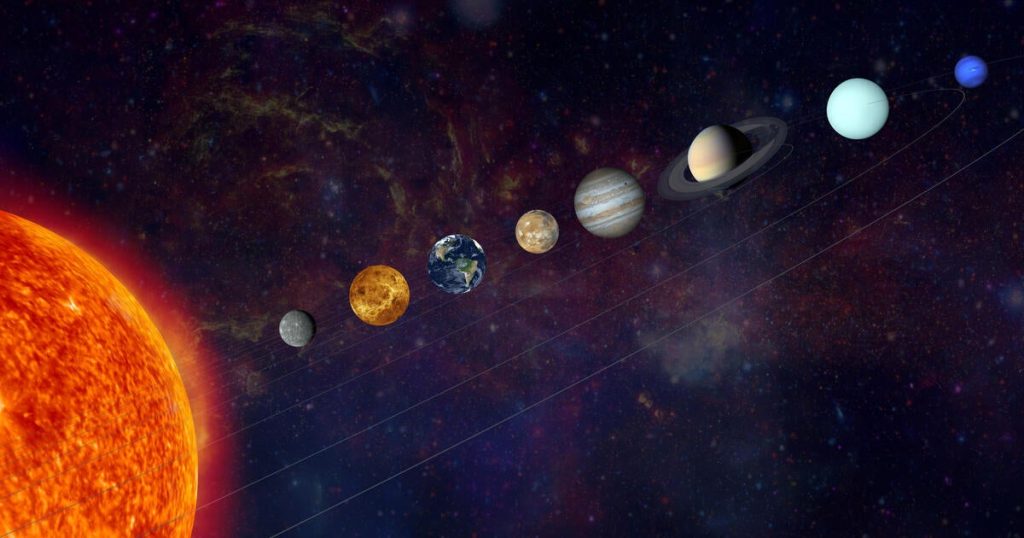A Rare Celestial Spectacle: The Planetary Alignment of 2023
Introduction: A Fleeting Glimpse of Celestial Alignement
In a rare and wondrous event, the night sky graced stargazers with a rare alignment of seven planets in early 2023. This brief yet mesmerizing spectacle, often termed a "planetary parade," offered a unique opportunity for astronomy enthusiasts and casual observers alike to witness a celestial phenomenon. The alignment included Mercury, Venus, Mars, Jupiter, Saturn, Neptune, and Uranus. While five of these planets are visible to the naked eye, Uranus and Neptune require a telescope for a clear view. This event was a poignant reminder of our place within the vast solar system, as these planets, though appearing aligned, are in reality millions of miles apart.
How to Witness the Planetary Parade
The optimal time to observe this celestial display was shortly after sunset, when the planets made their brief appearance. The visibility varied by location, with Tokyo experiencing the best views on February 22, New York on February 25, and the global peak occurring on February 28. For those eager to catch this event, it was essential to find a location with minimal light pollution and a clear horizon. Patience was key, as the window for viewing, especially for planets like Mercury and Saturn near the horizon, was fleeting before they dipped below the horizon.
Understanding the Celestial Mechanics
The alignment, though seeming like a rare occurrence, is a result of the differing orbital speeds and distances of the planets around the sun. From Earth’s perspective, these planets appear in a straight line, though in reality, they are separated by vast distances. This phenomenon, while not unique, is infrequent enough to captivate stargazers. The slow movement of planets means such alignments span several days, providing a brief moment of cosmic harmony in our skies.
Tips for Spectators: Maximizing the Viewing Experience
To fully appreciate this event, observers were advised to seek out locations with unobstructed views of the horizon and minimal artificial light. Clear skies were paramount to view all planets, and while binoculars could aid in spotting Mercury and Saturn, Uranus and Neptune necessitated a telescope. Mars could be identified by its reddish hue near the Gemini constellation, with Jupiter appearing lower near Taurus and Venus shining brightest near Pisces. The challenge lay in capturing these celestial bodies before they dipped below the horizon, a reminder of the transient nature of such events.
Future Celestial Events: Mark Your Calendars
Though this planetary parade was a highlight, it is not a once-in-a-lifetime event. NASA indicates that alignments of four or five planets occur every few years. Future alignments are anticipated in late August 2025 and late October 2028, with another significant event in late February 2034. These occurrences offer recurring opportunities for stargazers to connect with the cosmos, each time a humble reminder of the celestial ballet performed above us.
Conclusion: Appreciation and Awe
The 2023 planetary alignment was a moment of cosmic wonder, a fleeting alignment that invited reflection on our solar system’s vastness and beauty. While such events may not be rare, they offer unique moments of connection to the universe. As we gaze at the night sky, we are reminded of the delicate balance and movements that orchestrate such alignments, urging us to cherish these moments of celestial harmony. The next alignment is just on the horizon, promising another chance to pause, look up, and marvel at the grandeur of the cosmos.















